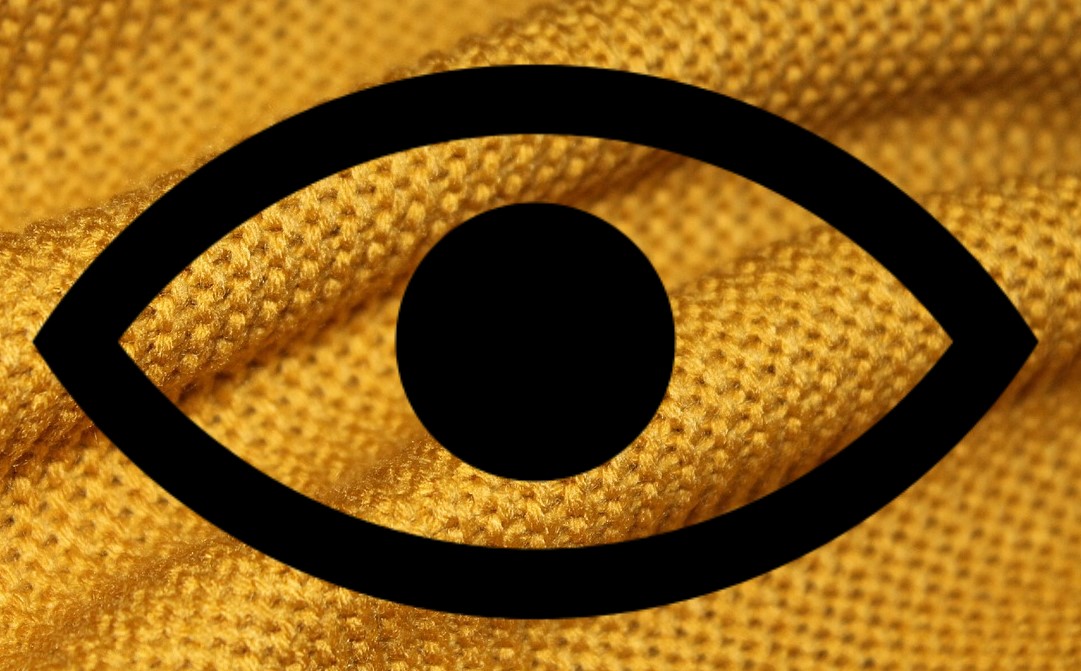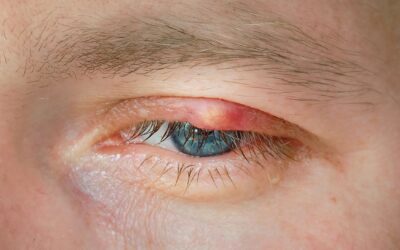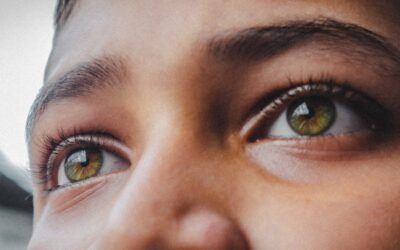Dry Eye Associated Conditions: Conjunctivochalasis
When your blanket wrinkles, it’s not a problem. But what about if your conjunctiva wrinkles?
What is conjunctivochalasis?
The conjunctiva is a thin layer of tissue which covers the white part of the eye. A healthy conjunctiva is a smooth surface, closely fitted to the eye beneath.
In conjunctivochalasis, the conjunctiva becomes wrinkled – pushed up into folds of excess tissue.
Often related to normal aging, or long-term gas-permeable contact lens use, this condition is also associated with persistent dry eye.
How is it connected with dry eye symptoms?
If the ocular surface is dry due to meibomian gland dysfunction, every blink creates friction when the eyelid rubs against the conjunctiva. This friction causes the conjunctiva to wrinkle.
In other cases, conjunctivochalasis can cause, or exacerbate, dry eye symptoms because it affects the distribution of the tear film on the eye.
If the folds block the puncta, tears cannot drain properly and will overflow onto the face instead, in a condition known as epiphora.
If it is in folds on the outer edge of the eye, it can also cause an overflow onto the skin by misdirecting the flow of tears.
Is conjunctivochalasis dangerous?
No, it is not dangerous. But it certainly leads to incredible discomfort in dry eye patients.
How is conjunctivochalasis treated?
Sometimes it can just be observed, but if it’s deemed to be contributing to the dry eye pathology, it is usually surgically excised and an amniotic membrane graft may be added.




